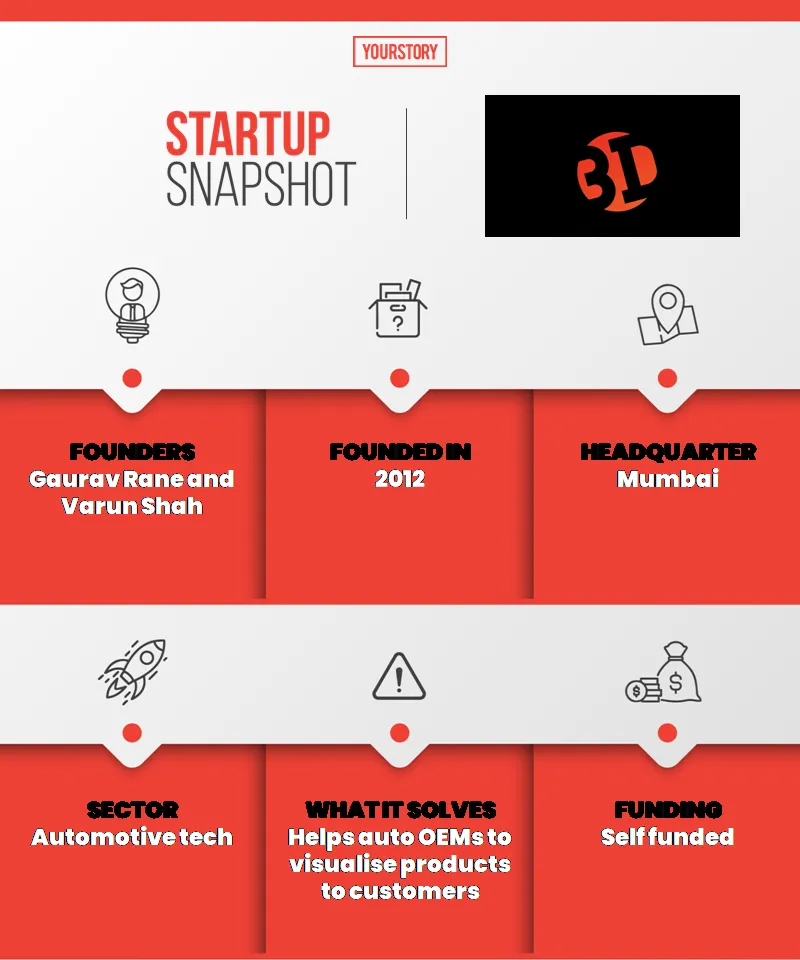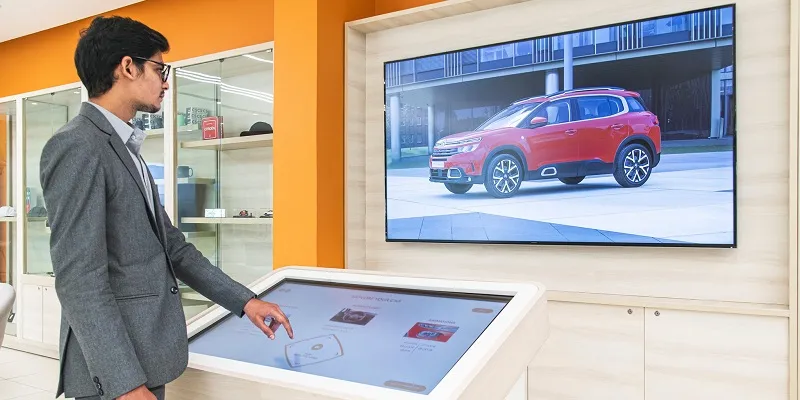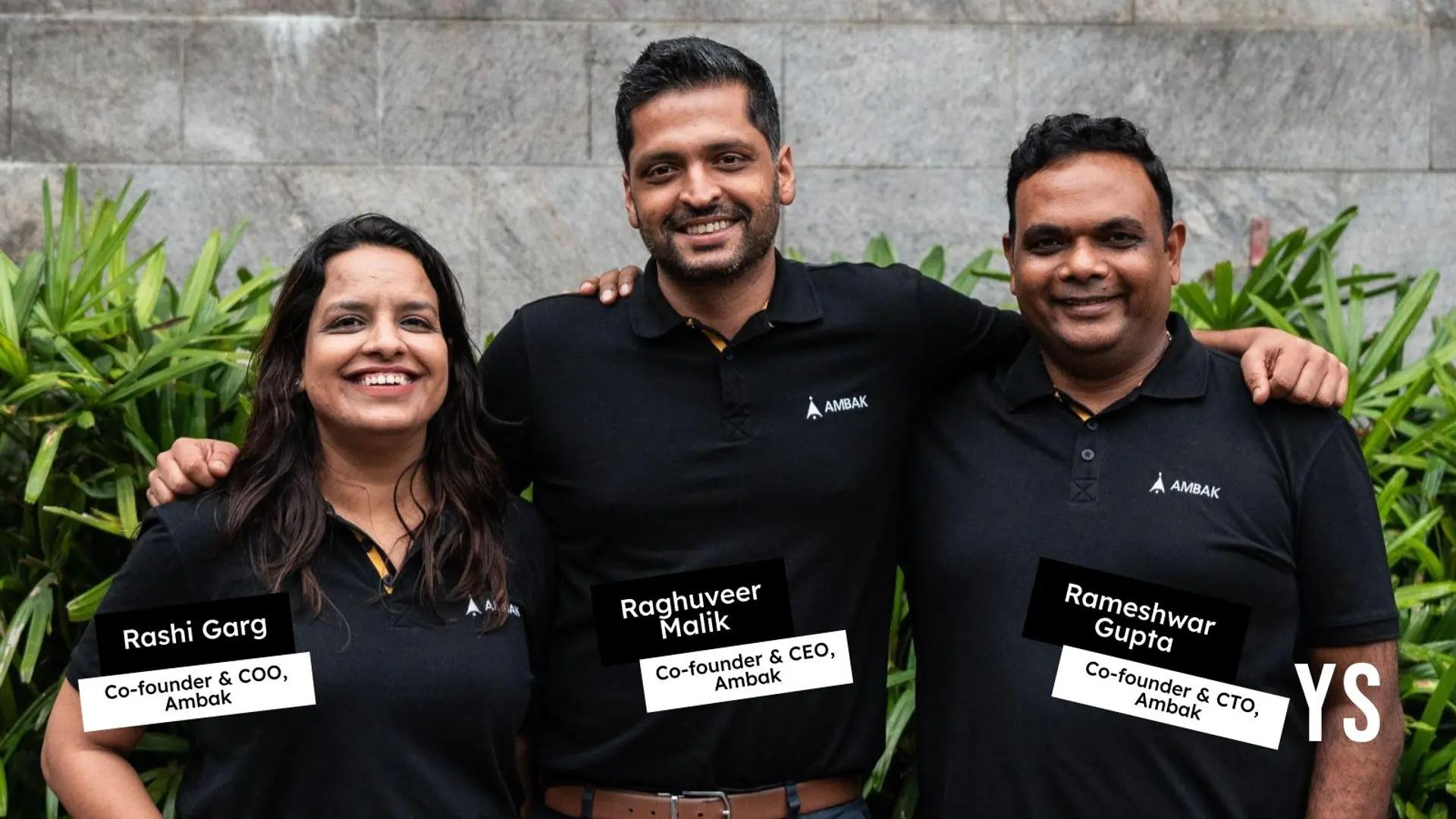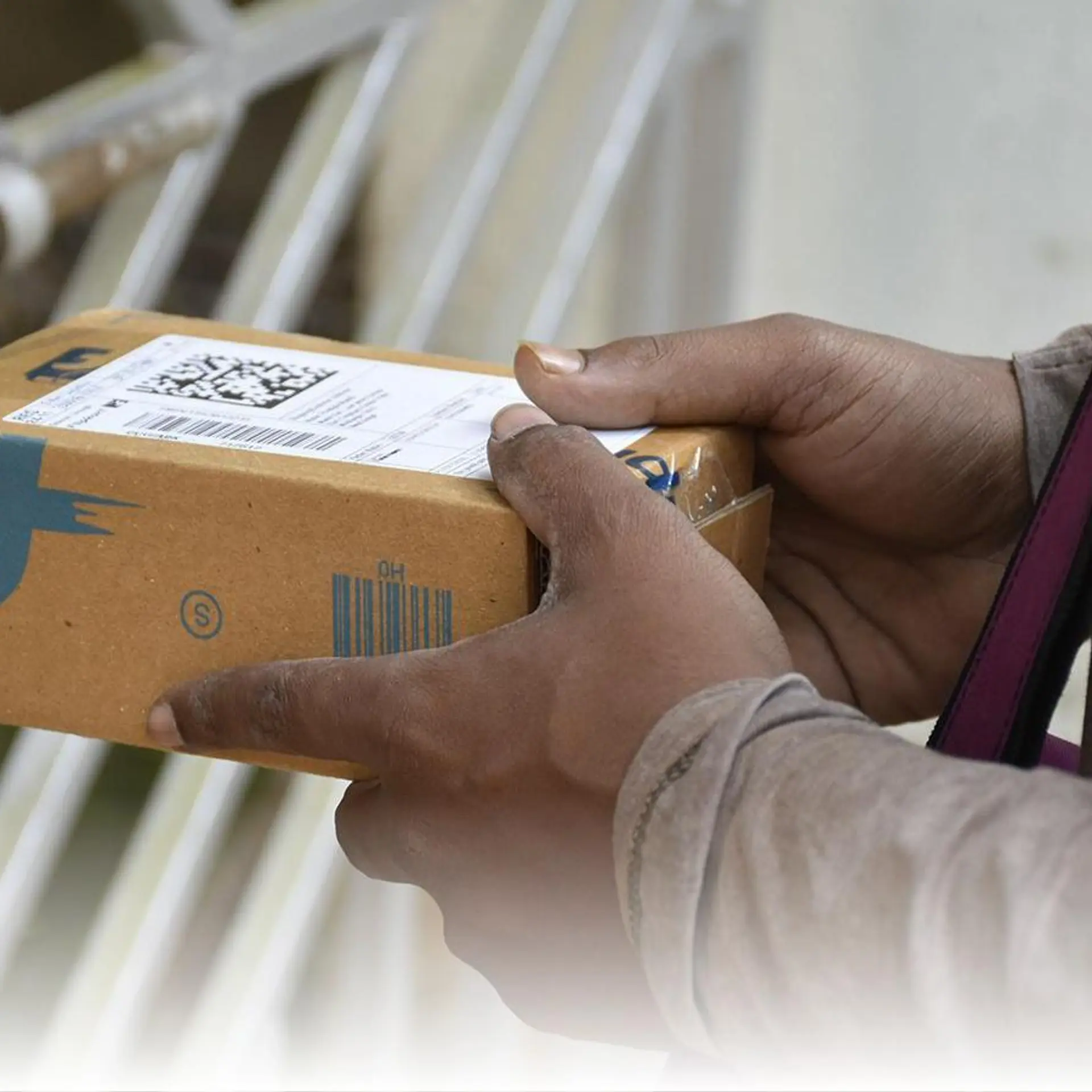This Mumbai-based startup uses 3D visualisation to breathe life into automobile showrooms
Founded by Varun Shah and Gaurav Rane, Eccentric Engine works with the likes of Maruti Suzuki and Tata Motors to take customer experience to the next level.
What’s the first thing you check out while buying a car? The mileage or maybe the performance? Gaurav Rane and Varun Shah realised that the first thing people look at is the visual elements of the automobile. Looking at ways to enrich buyers’ experience, they realised that experiential marketing is playing a significant role in influencing people’s purchase decisions.
In 2012, they founded Mumbai-based startup , which uses 3D visualisation to impress customers at dealerships and on OEM websites.
"With our One 3D platform, we are democratising3D visualization of vehicles. We help our auto OEM customers by providing authentic product visualisation– on the internet, at their dealerships, or any other relevant touch point. We simulate how one is likely to explore a physical car. This gives buyers the confidence to proceed with their purchase decision-making in absence of access to a physical vehicle," Varun Shah, Co-founder of Eccentric Engine, tells YourStory.
For over a decade, with the entry of industry platforms such as and , automotive OEMs have been aimed at showcasing information about the vehicle and creating curiosity around the product to motivate a prospective buyer to walk into a dealership and experience vehicles.

Eccentric Engine
"Traditionally, the strategy has always been ‘Explore online, experience offline. Buy offline.’ However, we are gradually moving towards ‘Explore online, experience online and offline. Buy online/offline.’ This has been further accentuated by the COVID-19 pandemic that saw the emergence of contactless initiatives in the industry," says Varun Shah.
The early days
Eccentric Engine Co-founder Gaurav Rane and Varun originally started Eccentric Engine as a brand services company, which leveraged gaming and interactive technology to create omni-channel experiences for companies across sectors.
In 2016, it saw the opportunity and the need to democratise3D visualization for vehicle exploration. This was on the back of two developments.
"After being a services company for three years, we needed to be a tech company. In 2015,the adoption of a VR project for one of our automotive customers failed at the dealer front. We realised that AR/VR has a long way to go before it becomes accessible to people. Till then, the only way to explore a car in its entirety on the web was throughvideos or the 360-degreeimage turntable, which was just not immersive,” narrates Varun.
“We thought why3D visualization should be restricted to AR/VR, and started to finda way to provide 3D visualization without downloading any application or using any external device. That was the genesis of Eccentric Engine’s visualization technology platform One 3D," he adds.
The startup serves the automotive retail ecosystem, and claims to be the only company in India that is strategically enabling omni-channel digital experiences.
The product
Eccentric Engine not only provides visualization but also works closely with its partners to ensure that their tech interventions fit their ecosystem and maximize their business. While there are fragmented individual players such as small creative agencies who deal with content visualisation, the founders say Eccentric Engine’s One 3D platform provides a holistic solution that can work at multiple touch points.
The platform allows potential buyers to do a walkthrough of a car and immerse themselves in its features. The tech is embedded in the website of the OEM, which helps the buyers to walk through every single variant, and accessorise and trim the vehicle as per their taste and get an instant quotation based on their selections, which they can save for their future reference.
Two things make the startup stand out. Its proprietary compression algorithm ensures high quality of visuals within the lowest size so they can load on all devices and internet connectivities. Secondly, its analytics gives the right insights on purchase intent, interest, and trends.
Business model and market trends
According to AlliedMarketResearch, the global visualization and 3D rendering software market was valued at $1.48 billion in 2019 and is projected to reach $7.96 billion by 2027, growing at a CAGR of 23.1 percent from 2020 to 2027.
Over 60 vehicles sold in India, including Maruti Suzuki, Tata Motors, Nissan, MG Motor, and most recently, Citroën, are visualised using One 3D. The platform is used on over 20,000 devices of auto sales workforce to enable superior consultation to their prospective buyers.
For visualisation, the startup uses a subscription-based business model where it gets revenues on the number of vehicles and touch points where it was showcased, for a given period of time.
For One 3D, its revenue comes from analytics, deployment, and customisation for a given OEM.
Its first revenue came from Tata Motors in 2016. Sources say that it works with over ten OEMs, and raked in Rs 7 crore in revenues from its visualisation tool and the platform in FY2021. The company is self-funded and does not want to disclose details.
The startup competes with CityZenith, Hover, Augment, and Floored, however, these companies don't focus on automobiles as their core vertical.
Overcoming challenges
When the founders decided to use 3D visualisation, the initial issue they encountered was a lack of awareness.
"One 3D was initially benchmarked for visual quality against static images and videos. This was like comparing apples with oranges. It needed a lot of customer education, evangelism, and creating awareness to make 3D visualization mainstream. Over the years, we have been able to bridge this gap to a significant extent," says Varun.

Visualisation tech by Eccentric Engine
The founders often had to struggle to understand who were the right stakeholders in large OEMs – as Eccentric Engine's product intersects with IT, product planning, product marketing, and digital transformation. Also, the founders say managing different expectations from different stakeholders has always been challenging.
It was an uphill task for the team to win over their first client as there was no clear reference in place and it made their job of explaining the product a little harder.
"It began with multiple PoCs, some of which were rejected in the first attempt due to stringent visual standards. However, we iterated, evolved, and improved very quickly. Overtime, we won the confidence of various teams within the organization,and their customers adopted it and loved it," says Varun.
The team has grown to employ 60 professionals, including those working at research centres for One 3D’sproduct development in Europe and Russia.
The road ahead
The company plans to go global over the next 18 months. It aims to scale up its visualization platform to solve the holistic needs of its customers, including imaging and videos. It is also rolling out new features on its proprietary platform to enhance the quality of sales consultations across touch points.
The startup wants to make this a progressive technology solution while also leveraging data to help understand the evolving consumer behaviour, preferences, and patterns while exploring vehicles.

Founders of Eccentric Engine
"The One 3D platform collects rich consumer insights to understand the ‘when, where and how’ of the consumer exploration pattern. We have launched our first trend survey on how consumers explore cars digitally. Enabler platforms like ours can help make informed and smarter buying decisions, with the visualization bringing accuracy and eliminating ambiguity," says Varun.
Edited by Kanishk Singh







